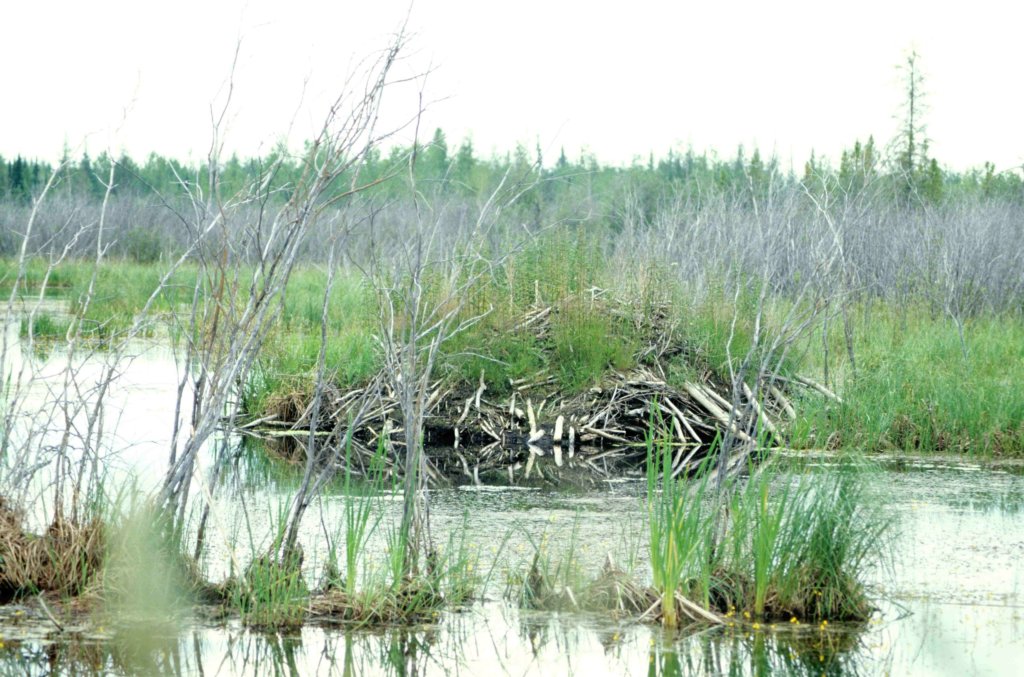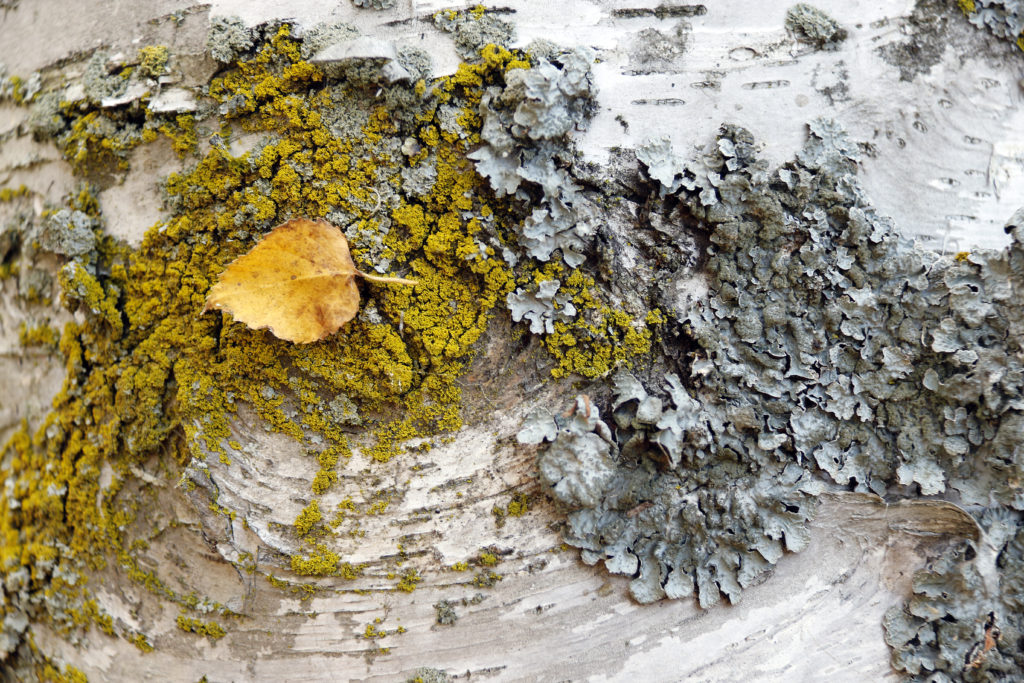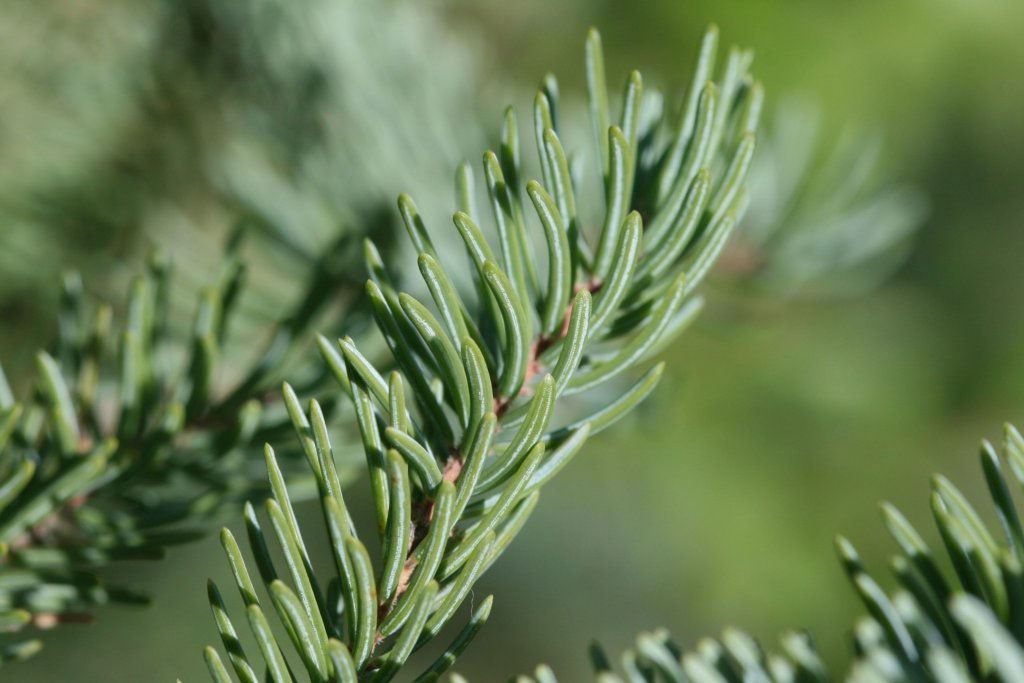
The Watershed Leader as a Catalyst for Change
Joseph E. Bonnell, School of Environment and Natural Resources, The Ohio State University, Columbus, OH
Dallas Z. Hettinger, Specialty Chemical Industry, Belpre, Ohio
Anne M. Baird, Corresponding Author
Abstract
This paper describes a research project that collected information about the leadership characteristics of successful watershed coordinators in Ohio. We interviewed a total of twenty watershed coordinators who had successfully completed nonpoint source (NPS) management projects and asked them to discuss their perceptions of what made them and others like them successful. We organized the attributes identified into three themes (social, technical and administrative). Of these, social attributes like strong communication skills were considered to be the most critical for getting NPS projects completed, though technical and administrative attributes were also important. We discuss how these findings might be applied in evaluating and training watershed coordinators, and consider possible avenues for further research.

Development of an Environmental Flows Framework for the Peace Athabasca Delta
from Environment and Climate Change Canada
This report summarizes the first workshop convened under the Environmental Flows and Hydrology recommendations for the Wood Buffalo National Park Heritage Site Action Plan. A more detailed and technical summary report of the outcome of the workshop is also available. The successes of this initial workshop are due to all those who attended in order to share their time, knowledge, opinions and thoughts, and the collaborative effort of the entire group.
The PAD in northeastern Alberta is an important part of the Outstanding Universal Value (OUV) of the Wood Buffalo National Park (WBNP) World Heritage Site. In 2017, the UNESCO Reactive Monitoring Mission report provided Canada with several recommendations to protect the OUV of the site, including to “conduct environmental flows assessments to the highest international standards for the Peace, Athabasca and Slave Rivers as they pertain to the health of the PAD” to inform decision making (Recommendation 3).

Low extent but high impact of human land use on wetland flora across the boreal oil sands region
Cari D.Fickena, DanielleCobbaertb, Rebecca C.Rooneya
aB2-251 200 University Ave West, Department of Biology, University of Waterloo, Waterloo, Ontario N2L 3G1, Canada
bAlberta Environment and Parks, 9th Floor, 9888 Jasper Avenue, Edmonton, Alberta T5J 5C6, Canada
Abstract
Boreal wetlands are at risk of degradation from anthropogenic activities including oil sands energy extraction. Despite efforts to monitor the impacts of oil sands energy extraction-related activities on wetland ecology, few studies examine the impacts of diverse human development types on wetland plant communities. Here, we sought to quantify the effects of human development in the Athabasca, Peace River, and Cold Lake Oil Sands Regions in Alberta, Canada, and to examine its impact on wetland plant community composition. Across the region, we found that total development and development related to energy and mining were both low; ~80% of the study area was undeveloped. Despite the low spatial extent, total anthropogenic development was negatively correlated with site-level conservatism (a metric of plant tolerance to environmental perturbation) in all five wetland classes examined. This suggests that wetlands surrounded by human development are inhabited by generalist species that are tolerant of environmental disturbance. Moreover, distinct floristic groups within each wetland class could be distinguished based on their total developed area, providing additional evidence that human development affects plant composition and diversity, despite its limited extent in the study area. In contrast to total development, energy and mining development had an inconsistent or no detectable impact on wetland plant community composition at the regional level, likely because although oils sands surface mining is intensive, it is spatially restricted to a small area within the oil sands region. Our findings show that wetland plant communities in the oil sands region are impacted by multiple types of human land use concurrently; further research should aim to evaluate both the distinct impacts of different land-use types using gradients of development intensity, as well as the cumulative impacts of multiple land-use types happening concurrently.
https://www.sciencedirect.com/science/article/pii/S0048969719335739

Moss and lichen asexual propagule dispersal may help to maintain the extant community in boreal forests
Carlos J. Pasiche‐Lisboa, Tom Booth, René J. Belland, Michele D. Piercey‐Normore
Abstract
Asexual propagules produced by mosses and lichens may help to maintain their community composition in boreal forests. Understanding the factors affecting the deposition of asexual propagules and their link with the community composition may reveal how the community is maintained. The goal of this study was to understand how weather, the community of lichens and mosses, the dominant tree species in a stand, substrata, and tree aspect influenced and were linked to the deposition of asexual propagules (quantity, size, and type) in boreal forests. Species richness and cover were assessed for the substrata within the tree stands. Traps attached to trees and the ground (substrata) in balsam fir‐, white spruce‐, and poplar‐dominated stands were used to capture asexual propagules. Species and quantity of trapped asexual propagules were linked to the species richness and cover of the extant community. Propagules captured were dominated by lichen thallus fragments and were smaller and in higher quantities during colder times of the year, and in higher quantities and smaller sizes mostly on trees of conifer stands. Moss propagules were captured in low quantities compared to lichen propagules, on the forest floor, but mostly during warmer times of the year. The dispersal of mosses and lichen asexual propagules helps to maintain and is linked to their community in boreal forests. The linkage between asexual propagule deposition and the community (richness and abundance) was observed among lichen and moss communities on poplar trees, conifer trees, or the forest floor of boreal forest stands.
https://esajournals.onlinelibrary.wiley.com/doi/10.1002/ecs2.2823

Effects of Mechanical Site Preparation on Microsite Availability and Growth of Planted Black Spruce in Canadian Paludified Forests
by Mohammed Henneb 1, Osvaldo Valeria 1, Nelson Thiffault 1,2, Nicole J. Fenton 1 and Yves Bergeron 1
1Institut de Recherche sur les Forêts (IRF), Université du Québec en Abitibi-Témiscamingue, 445 boul. de l’Université, Rouyn-Noranda, QC J9X 5E4, Canada
2Natural Resources Canada, Canadian Forest Service, Canadian Wood Fibre Centre, 1055 rue du PEPS, P.O. Box 10380, Stn Sainte Foy, QC G1V 4C7, Canada
Abstract
Low productivity caused by paludification in some parts of the closed black spruce (Picea mariana (Mill.) B.S.P) dominated boreal forest threatens the provision of ecosystem services, including wood fiber production. The accumulation, over time, of organic matter in paludified soils leads to an anaerobic environment that reduces microbial activity, decelerates decomposition of organic matter, and generates nutrient-poor microsites for regeneration. Consequently, it results in significant impacts on site productivity. Considering its ability to disturb the soil, mechanical site preparation (MSP) is viewed as a potential treatment that can help restore productivity of paludified sites following harvesting. We conducted a field experiment to verify if (1) the availability of microsites conducive to reforestation varies with MSP, microtopography (slope and aspect) and initial OLT conditions; (2) the growth of planted seedlings depends on the intensity of mechanical disturbance of the organic layer, type of microsite, planting density, presence of Ericaceae, and the planting position and depth; (3) there are direct and indirect causal relationships between microsites availability after MSP, OLT, microtopography, planting quality and seedlings growth; and (4) if mechanical site preparation and microsite type exposed affect the Ericaceae cover after planting. Our results confirmed that MSP is effective in establishing conditions that permit a productive regeneration cohort on these paludified sites. To ensure successful establishment of plantations on these sites, it is necessary, however, to distinguish between those that are slightly or moderately paludified from those that are highly paludified, as treatment effectiveness of different MSP types depends on organic layer thickness. Our results also show that preference should be given to some microsite types as clay and mixed-substrate microsites for planting to ensure sufficient availability of water and nutrients for seedlings.
https://www.mdpi.com/1999-4907/10/8/670